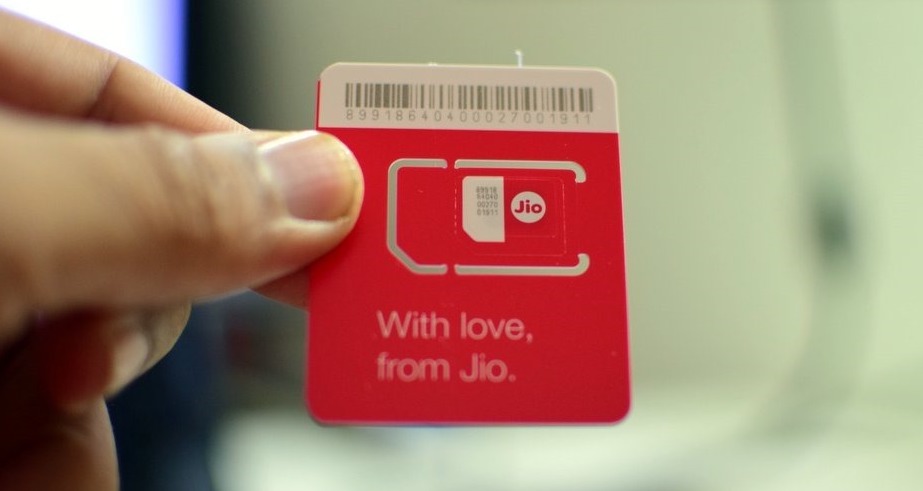One thing that doesn’t go away each month is the electrical bill, and with the all-time-high inflation, it’s no surprise that many homeowners are looking for ways to reduce their consumption. If the electrical rates are going to increase, you might get a bill shock for the next month when you have to pay more.
Average households tend to spend more than a hundred dollars each month on electricity alone, and this was in 2019. Studies have found out that most people in the house consume around 60% to 70% of the appliances, but the remaining can be considered a waste because of the vampire ones.

Defeating the Energy-Draining Electronics
Turning off the TV with only the red light and a standby mode still consumes electricity. It’s also the same with computers, and they are the reason why your energy bills are so high. One of the worst things that you can leave alone is a Kettle that can be around $3 to $4 per day. If you wouldn’t want to cut down your intake of coffee and tea during the colder months, you might want to invest in a flask that can save you more and will bring the same results.
Heaters are also notorious for their higher energy usage, and even if you need them for a small room, you will have to pay heaps at the end of the month if you’re not careful with them. Some of the least appliances that are not using a huge amount of energy are radios, hair styling equipment, and phone chargers. Get info about the hair dryer’s electrical usage on hvor mye strøm bruker en hårføner and get ideas about other appliances as well.
It’s best to disconnect the chargers to avoid the vampire mode and switch off the game consoles and television when not in use. This might not be applicable with a fridge but it’s always better to invest in an inverter to maximize your usage. LED lights are cost-efficient and have a smart meter installed whenever possible.
Which are the Culprits that Consume the Most Energy?
1. Heating, Ventilation, and Air Conditioning Systems
One of the primary reasons for your comfort in the home can also give you headaches at the end of the month. Fortunately, you can now choose to get the more energy-efficient ones that can protect you from the extreme temperatures that are now prevalent everywhere.
Just know that most of the air conditioners are going to use around 46% of your electricity, and this is where you can translate around 20 to 60 kWh in 24 hours. It’s going to be more expensive when the AC is cooling the entire home, so when you want to significantly decrease this, here are some helpful tips for you.
Reduce the workload of the air conditioning system with the help of fans, and make sure to clean the unit now and then. Vacuum and do some dusting around to prevent the build-up of debris that can cause blockage, and draw close the curtains on a hot sunny day. Replacement of the filters is a must, and use scarves and blankets, so you don’t have to heavily rely on your furnace each day.
2. Heaters
Another energy-hungry appliance that you should watch out for is the boiler. Even if you can enjoy warm showers on a cold wintry morning, it’s still going to significantly raise the bill. Having one that’s more than a decade old can mean a decline in its efficiency and operations. Get more ideas about heaters on this webpage.
Known to run on an average of four hours a day, it can easily chew up around 6500 watts, and that’s already 14 kWh. What this means is that you’re adding around $70 to $80 to your total amount due with the furnaces alone.
Fortunately, today, you’ll be able to get information about their EE ratings with the help of labels and reputable manufacturers to see to it that the consumers are getting the most out of their investments. Another thing that can trigger this to go higher is if the thermostat was set at a very scorching temperature. Make sure to turn this down if you’ve achieved the desired warmth that you require in your baths.
Cleaning the appliance now and then can prevent the development of hard water. Sediments and minerals can settle at the bottom, and any lime deposits can be disastrous. Flush them out at least once a year, so you can get rid of the particles and prevent blockage.
Ways on how you can save electricity are to set a temperature that’s below 120 degrees Fahrenheit. Insulation should be wrapped around the older appliances to prevent leaks, and make sure to include the pipes. Going on a very long vacation? That should be no problem because you can always turn off everything and upgrade to a solar-powered one when you come back.
3. Various Appliances
Consisting of 14% to 16% are the appliances that you need, like the fridge. It’s not practical for homeowners to switch off their refrigerators at certain times of the day because it can lead to spoiled meat and food.
Assuming that it’s always plugged, you need to avoid overloading it, and your favorite beverages should be in nearer and more accessible areas. Be on the lookout for the newer models because they can save you a lot of money, and make sure that you clean it thoroughly every once in a while, to maintain a good airflow.
Washing Machines and Dryers
Around 5% of spending on electrical utilities is due to the laundry. It could be worse during rainy days when you frequently need to wash the clothes and prevent them from getting moldy. Cumulative usage can be equal to around 90 kWh every month, which is another hundred dollars for homeowners depending on the rate in your area.
Full loads of washing can help, and using cold water can reduce your expenses. Don’t overfill, and when it’s a beautiful sunny day, just take advantage of the ultraviolet rays to dry some of the few pieces of fabric and remove the lint after loading. See the post about lint at this link here: https://www.cleanipedia.com/gb/clothing-care/lint-on-clothes-and-what-to-do.html.
Stoves and Electric Ovens
On average, it can take around a thousand watts or two of electricity to run the stove, which translates to around $10 per month. Time-of-use rate plans can be popular in some areas, and you can be charged with a different amount during off-peak hours. This is ideal for homes with teenagers who want to reheat some pizzas and spend the night doing movie marathons.
What Other Things Can You Do?

Use Solar Power
Don’t depend entirely on the grid and get greener alternatives. If the roof is deemed suitable, you can add solar panels that are going to cost you $0 each month. Sell the excess electricity that you don’t use to the grid and get credits. Local companies can help you subscribe to these more sustainable alternatives, and you can contribute to the decrease of pollution in your area.
Shop with Various Providers
Deregulated markets in many countries allow the consumers to choose the suppliers that can offer them reliable electricity, so don’t miss out on the savings. Locking in a fixed rate can be tricky, but you can keep a hefty amount by being mindful of your appliance usage.
Conduct an Audit when Needed
Cut down on the cooling and heating costs significantly, and don’t turn on the HVAC when you’re not at home. Free audits from applications or professional electricians can also be available, and you can find that some areas are generally releasing more heat or cool air in the environment than necessary. Insulation can help you control the temperature and make everything more efficient.
Use Timers
Appliances like rice cookers, TVs, and computers should have timers, where they can shut down when not in use. Smart systems can be very helpful, and after a period of inactivity, they go into energy-saving mode. It’s going to be handy for those who want to be more practical with their finances and electricity spending each month.







